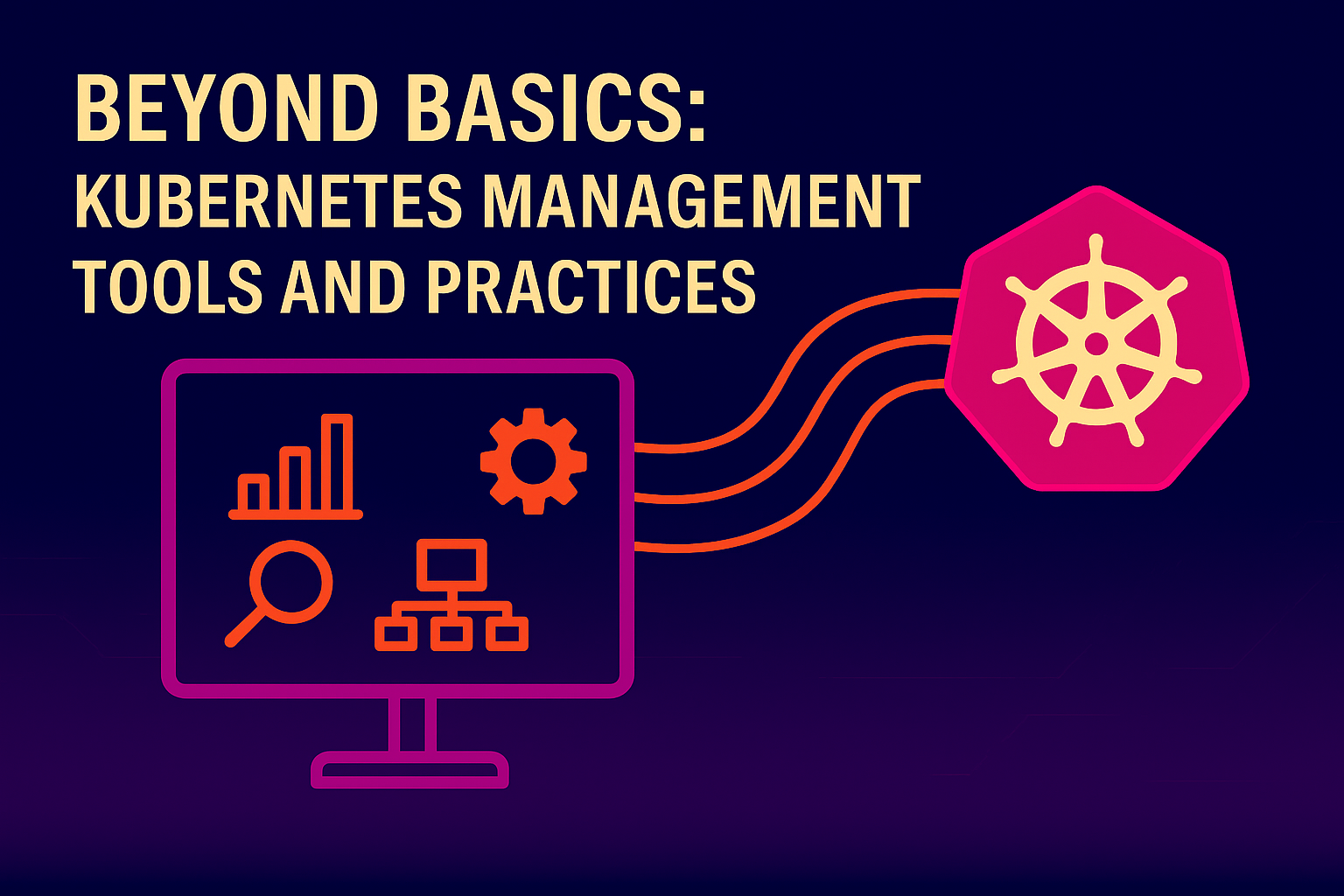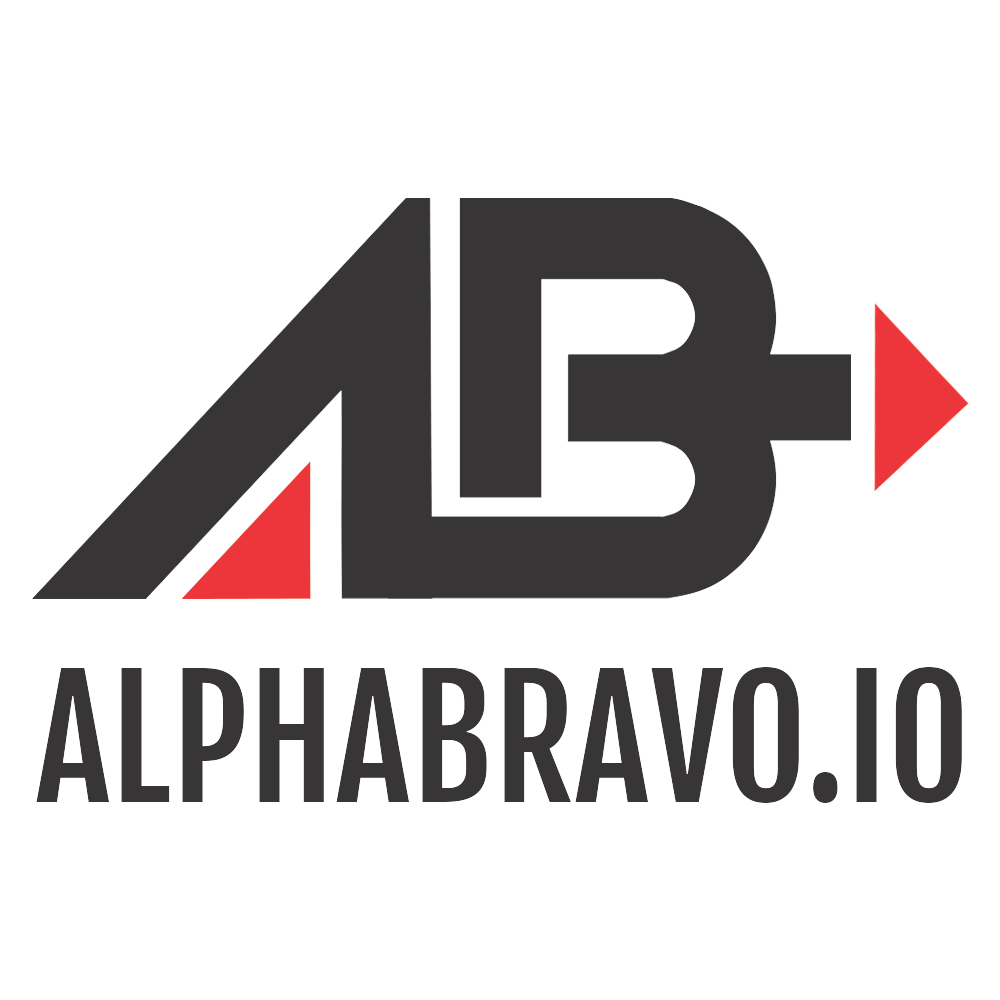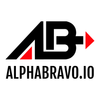Part 10 - Beyond Basics: Kubernetes Management Tools and Practices

Picture this: You've just spent months learning Kubernetes, conquered pods and deployments, wrestled with services until they finally clicked, and now you're sitting there looking at your cluster like a chef who's mastered scrambled eggs but suddenly needs to cater a wedding. Sure, you can kubectl your way through individual deployments, but managing dozens of applications across multiple environments with raw YAML files? That's like trying to conduct a symphony orchestra with smoke signals.
Welcome to the grown-up table of Kubernetes management, where the real magic happens not through heroic individual commands, but through sophisticated tools that transform chaos into poetry. If you've been copy-pasting YAML files and wondering if there's a better way, spoiler alert: there absolutely is, and it's about to change your entire relationship with Kubernetes.
The Package Management Revolution: Enter Helm
Remember the dark ages of software installation, when deploying an application meant hunting down dependencies, configuring dozens of files, and praying to the demo gods that everything would work? Helm eliminates that nightmare for Kubernetes applications, functioning as what the community lovingly calls "the package manager for Kubernetes".
Helm operates through a concept called charts—think of them as sophisticated templates that bundle everything your application needs into a single, manageable package. A Helm chart isn't just a YAML file with some variables sprinkled in; it's a complete application definition that includes metadata, configuration values, and templates that can adapt to different environments and requirements.
The beauty of Helm lies in its simplicity and power. Instead of managing dozens of individual Kubernetes manifests, you can deploy complex applications with commands as elegant as helm install my-database mysql/mysql-operator. But Helm's real superpower emerges when you need to manage the same application across development, staging, and production environments. Through its values system, you can maintain a single chart while customizing behavior for each environment—different replica counts, resource limits, or database configurations—all without duplicating code.
Helm's architecture follows a client-server model that integrates seamlessly with Kubernetes' native APIs. When you install a chart, Helm doesn't just dump resources into your cluster and walk away. It creates a release—a versioned instance of your application that Helm tracks and manages. This means you can easily upgrade applications with helm upgrade, roll back problematic deployments with helm rollback, or completely remove applications with helm uninstall, all while maintaining a clear history of changes.
The Helm ecosystem has exploded with thousands of pre-built charts for popular applications. Need to deploy PostgreSQL, Redis, or nginx? There's likely a battle-tested Helm chart waiting for you in the official Artifact Hub. These charts embody years of community knowledge about deploying these applications correctly, handling edge cases you might not even know exist.
However, Helm truly shines when you start creating custom charts for your own applications. Following chart best practices means structuring your templates with proper labels, implementing health checks, and designing flexible value schemas that make your charts reusable across teams and environments. The investment in learning Helm's templating language and chart structure pays dividends when you're managing dozens of applications across multiple clusters.
Configuration Management Without the Madness: Kustomize
While Helm excels at packaging and templating, sometimes you need a different approach to configuration management—one that preserves the original Kubernetes manifests while allowing targeted customizations. Enter Kustomize, a configuration management solution that leverages layering to preserve base settings while selectively overriding specific configurations through declarative patches.
Kustomize operates on a fundamentally different philosophy than traditional templating approaches. Instead of parameterizing every possible configuration option, Kustomize uses a system of bases and overlays. A base contains your core application configuration—the fundamental deployment, service, and configuration map definitions that remain consistent across environments. Overlays contain environment-specific modifications that patch the base configuration without altering the original files.
This approach solves a critical problem that many teams face when managing applications across multiple environments. Consider a scenario where you're using a vendor's Helm chart that's almost perfect for your needs but requires some customizations. Traditionally, you'd fork the chart, make your changes, and then face the painful process of re-applying customizations every time the vendor releases updates. With Kustomize, you can keep the original chart intact and apply your customizations as patches, making upgrades significantly easier to manage.
Kustomize's patch system supports various transformation types, from simple value replacements to complex strategic merges that can add, modify, or remove specific sections of your manifests. The ConfigMapGenerator feature automatically handles one of Kubernetes' most frustrating limitations: config map updates don't automatically trigger pod restarts. Kustomize solves this by generating new config maps with unique names and updating deployment references automatically, ensuring your applications restart when configuration changes.
The tool's integration with kubectl makes it incredibly accessible—you can apply Kustomize configurations directly using kubectl apply -k, eliminating the need for additional tools in your deployment pipeline. This native integration means Kustomize works seamlessly with existing Kubernetes workflows while providing the configuration management capabilities that raw YAML files lack.
Kustomize particularly excels in scenarios where you need to manage the same application across multiple environments with varying configuration requirements. Development environments might need single replicas and minimal resource requests, while production requires multiple replicas, specific node selectors, and strict resource limits. Rather than maintaining separate sets of manifests, Kustomize allows you to define these variations as overlays that build upon a common base.
GitOps: When Git Becomes Your Single Source of Truth
Now that you've mastered packaging with Helm and configuration management with Kustomize, it's time to explore the operational model that's revolutionizing how teams deploy and manage Kubernetes applications: GitOps. This practice treats Git repositories as the single source of truth for your entire system, making deployments as simple as merging a pull request.
GitOps fundamentally changes the deployment paradigm from push-based to pull-based systems. Instead of CI/CD pipelines directly pushing changes to your Kubernetes clusters, GitOps tools continuously monitor Git repositories for changes and automatically synchronize your cluster state to match the desired configuration stored in Git. This approach provides several compelling advantages: every change is automatically tracked, deployments become audit-friendly, and rollbacks are as simple as reverting a Git commit.
ArgoCD: The GitOps Pioneer
ArgoCD stands as the most popular and fastest-growing GitOps tool for Kubernetes, implementing a robust declarative continuous delivery system. ArgoCD operates through a sophisticated architecture that includes custom resource definitions extending the Kubernetes API, a powerful CLI for managing applications, and a web-based UI that provides visual insights into your deployment pipeline.
The ArgoCD workflow follows an elegant pattern: developers push code changes to application repositories, triggering CI pipelines that build container images and update Kubernetes manifests in configuration repositories. ArgoCD monitors these configuration repositories and automatically applies changes to target clusters, continuously ensuring that the actual cluster state matches the desired state defined in Git. When discrepancies arise—whether from manual changes or configuration drift—ArgoCD can automatically remediate them or alert operations teams, depending on your configured policies.
ArgoCD's application model provides powerful abstractions for managing complex deployment scenarios. Applications can target specific clusters and namespaces, reference Helm charts or Kustomize configurations, and implement sophisticated access controls through role-based permissions. The multi-tenancy support allows different teams to manage their applications independently while maintaining centralized oversight and governance.
One of ArgoCD's standout features is its ability to work with existing tools rather than replacing them. Whether your team has invested in Helm charts, Kustomize configurations, or plain Kubernetes YAML, ArgoCD can leverage these existing investments while adding the GitOps operational model on top. This flexibility makes ArgoCD adoption significantly easier for teams with established workflows.
FluxCD: The Cloud Native Approach
FluxCD represents the next generation of GitOps tools, built specifically for cloud-native environments and designed as a collection of specialized controllers rather than a monolithic application. This architecture makes Flux incredibly flexible and allows teams to adopt only the components they need while maintaining compatibility with the broader Kubernetes ecosystem.
Flux implements GitOps through a sophisticated source and reconciliation model. Source controllers handle fetching artifacts from Git repositories, Helm repositories, or even S3 buckets, while specialized controllers like the Helm Controller and Kustomize Controller handle applying those configurations to clusters. This separation of concerns allows Flux to support complex scenarios like multi-source applications or progressive deployment strategies.
The Flux approach to Helm management deserves special attention. Rather than treating Helm as an external tool, Flux provides native HelmRelease resources that declaratively manage Helm chart deployments. This means you can define your entire Helm release configuration—including chart versions, values, and upgrade policies—as Kubernetes manifests stored in Git. Flux continuously monitors these definitions and automatically handles chart updates, value changes, and even complex scenarios like chart repository migrations.
Flux's integration with other cloud-native tools sets it apart in complex environments. The toolkit architecture allows seamless integration with tools like Flagger for progressive deployments, sealed-secrets for secure secret management, and various notification systems for alerting and monitoring. This ecosystem approach makes Flux particularly powerful for organizations building comprehensive cloud-native platforms.
Progressive Deployment: The Art of Safe Releases
Managing applications in production requires more than just deploying code—it demands sophisticated strategies for releasing new versions safely. Progressive deployment techniques like canary deployments, blue-green deployments, and A/B testing have become essential tools for reducing deployment risk while maintaining high availability.
Flagger emerges as the definitive solution for progressive deployments in Kubernetes environments, seamlessly integrating with service meshes and ingress controllers to automate sophisticated release strategies. Rather than requiring manual intervention for each deployment, Flagger monitors application metrics and automatically manages traffic shifting based on configurable success criteria.
The Flagger approach centers around a custom Canary resource that defines the entire release process for an application. When you deploy a new version, Flagger automatically creates the necessary infrastructure—primary and canary services, traffic splitting rules, and monitoring configurations—then gradually shifts traffic to the new version while continuously evaluating success metrics. If metrics remain healthy, Flagger completes the promotion automatically. If problems arise, it automatically rolls back to the previous version, minimizing impact on users.
Flagger's integration capabilities extend across the Kubernetes ecosystem, supporting popular service meshes like Istio and Linkerd, ingress controllers like nginx and Traefik, and monitoring solutions like Prometheus. This broad compatibility means teams can implement progressive deployments regardless of their existing infrastructure choices, adding safety without requiring wholesale platform changes.
The sophistication of Flagger's analysis engine sets it apart from simpler deployment tools. Beyond basic success rate metrics, Flagger can integrate with load testing tools, run conformance tests, and even execute custom webhooks during the deployment process. This comprehensive approach means teams can codify their entire release validation process, from automated testing to business metric validation, ensuring new versions meet all requirements before receiving production traffic.
Orchestrating the Symphony: Best Practices for Tool Integration
Successfully implementing these tools requires more than understanding each individually—it demands orchestrating them into a cohesive system that enhances rather than complicates your operations. The most successful Kubernetes teams follow patterns that maximize the strengths of each tool while minimizing operational complexity.
Repository organization forms the foundation of effective GitOps implementations. Following the principle of separating application code from deployment configurations, successful teams maintain distinct repositories for source code and Kubernetes manifests. This separation allows different teams to own different aspects of the deployment pipeline—developers focus on application code while platform teams manage infrastructure configurations and deployment policies.
The integration of Helm and Kustomize creates particularly powerful workflows. Teams often use Helm for packaging complex applications with their dependencies, then use Kustomize to handle environment-specific customizations without modifying the original charts. This approach combines Helm's templating power with Kustomize's patch-based customization, creating flexible deployment pipelines that scale across multiple environments and teams.
Security considerations become paramount when implementing GitOps workflows. Tools like helm-secrets provide secure secret management for Helm charts, while Flux's integration with sealed-secrets ensures sensitive data remains encrypted throughout the GitOps pipeline. The principle of least privilege applies not just to cluster access but to Git repository permissions, ensuring teams can only modify configurations for their own applications.
Monitoring and observability integrate seamlessly with GitOps workflows when properly configured. ArgoCD and Flux both provide extensive metrics and event streams that integrate with Prometheus and other monitoring systems. Combined with Flagger's progressive deployment capabilities, teams can create comprehensive observability stacks that provide insights from code commit through production deployment and ongoing operations.
The Path Forward: Building Production-Ready Kubernetes Operations
As you embark on implementing these tools in your own environments, remember that the goal isn't to use every available tool, but to thoughtfully select and integrate the ones that solve your specific challenges. Start with the problems you're actually experiencing—if you're spending too much time managing YAML files, Helm might be your first priority. If you're struggling with environment-specific configurations, Kustomize could provide immediate relief. If manual deployments are causing stress and outages, GitOps with ArgoCD or Flux might be transformational.
The Kubernetes ecosystem continues evolving rapidly, with new tools and practices emerging regularly. However, the fundamental principles these tools embody—declarative configuration, automated reconciliation, and progressive deployment—represent mature approaches to managing complex systems. By mastering these tools and their underlying principles, you're not just learning specific technologies, but developing the operational mindset that will serve you well regardless of how the ecosystem evolves.
Your journey from kubectl commands to sophisticated GitOps workflows represents more than technical growth—it's a transformation from manual operations to automated, reliable, and scalable system management. The wedding you're now ready to cater won't be a chaotic scramble of individual components, but a beautifully orchestrated experience where every element works in harmony. And unlike that poor chef with scrambled eggs, you'll have the tools and knowledge to deliver consistently excellent results, no matter how complex the requirements become.
The symphony is ready. Time to conduct.

